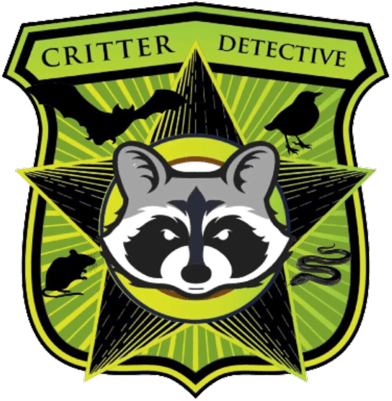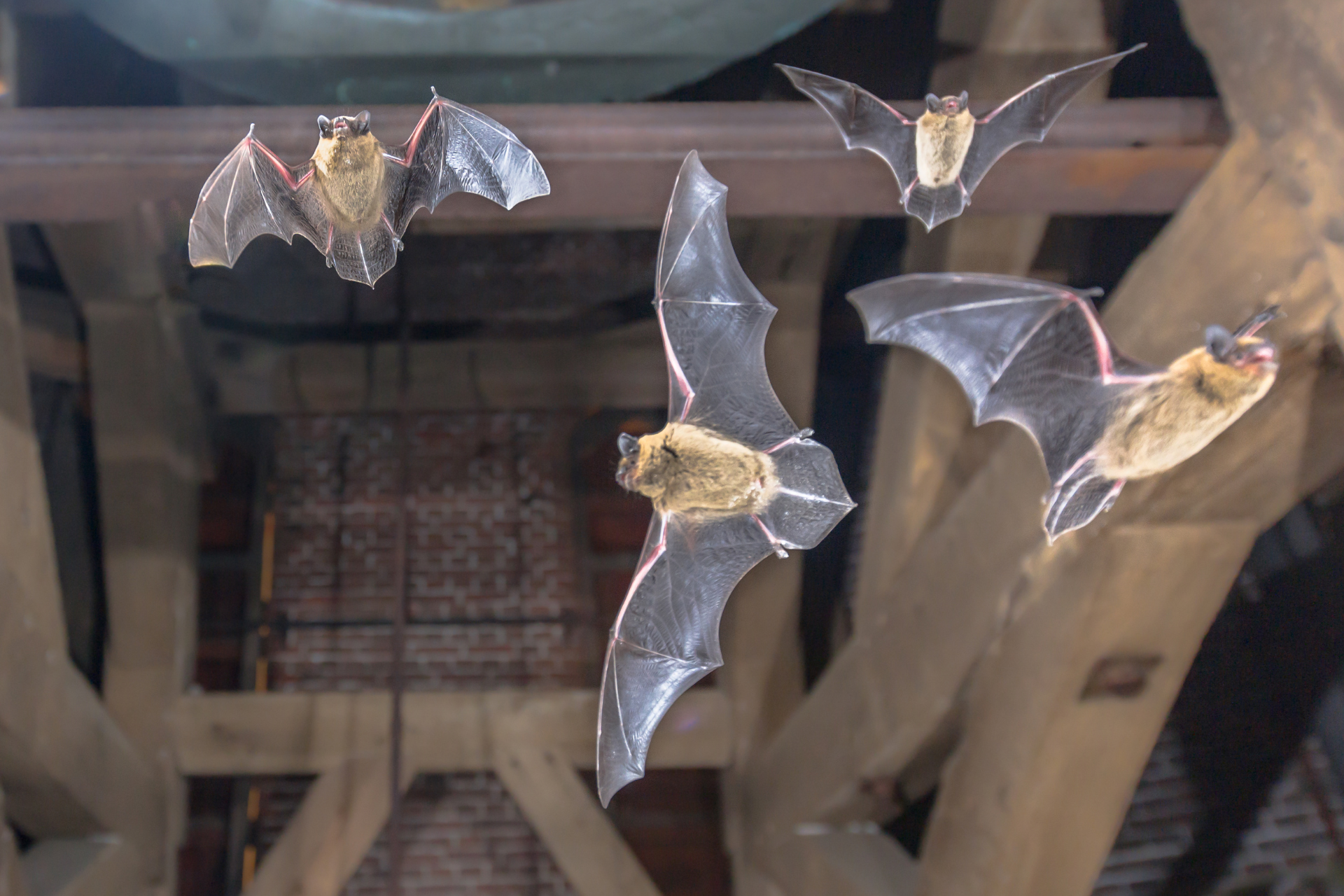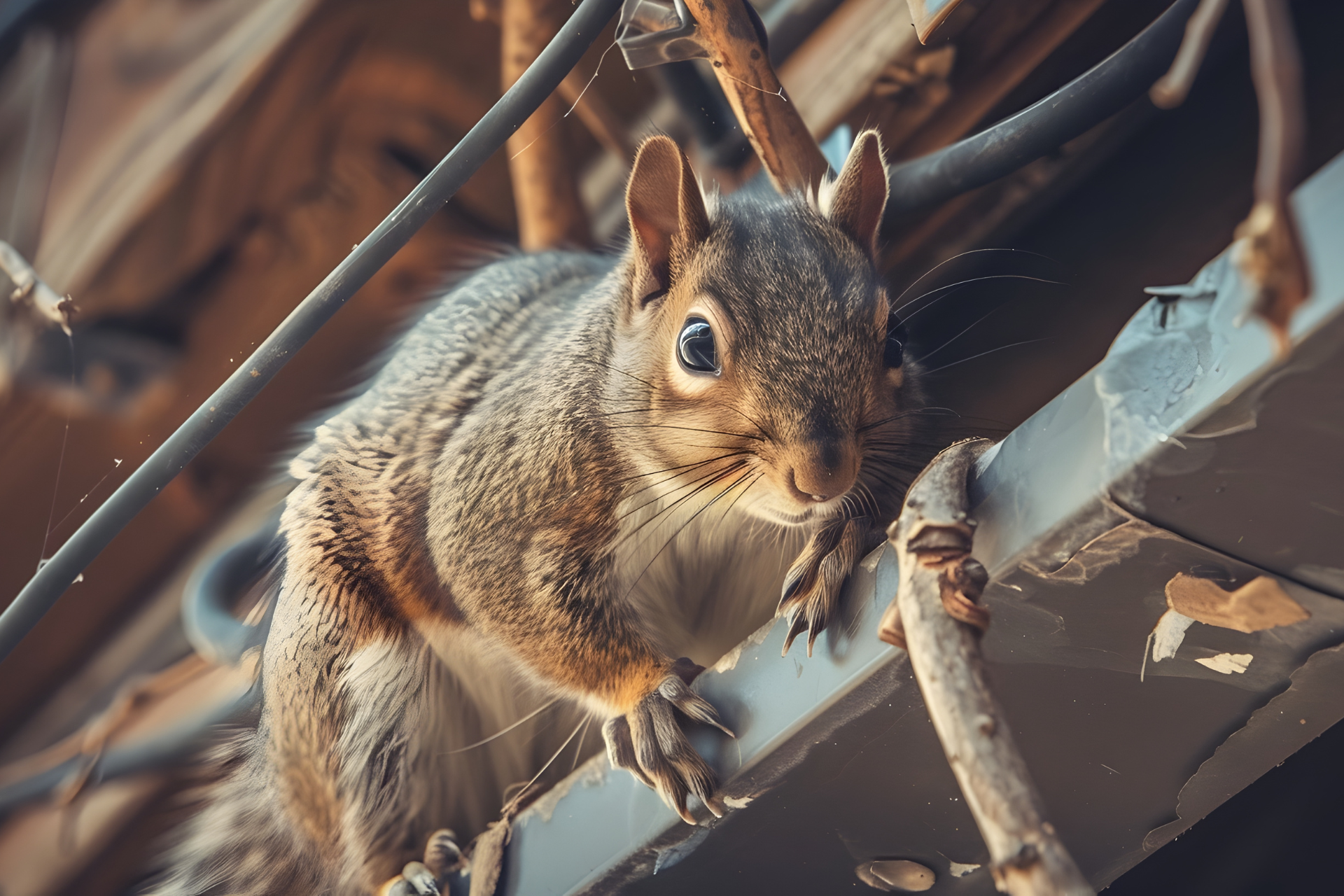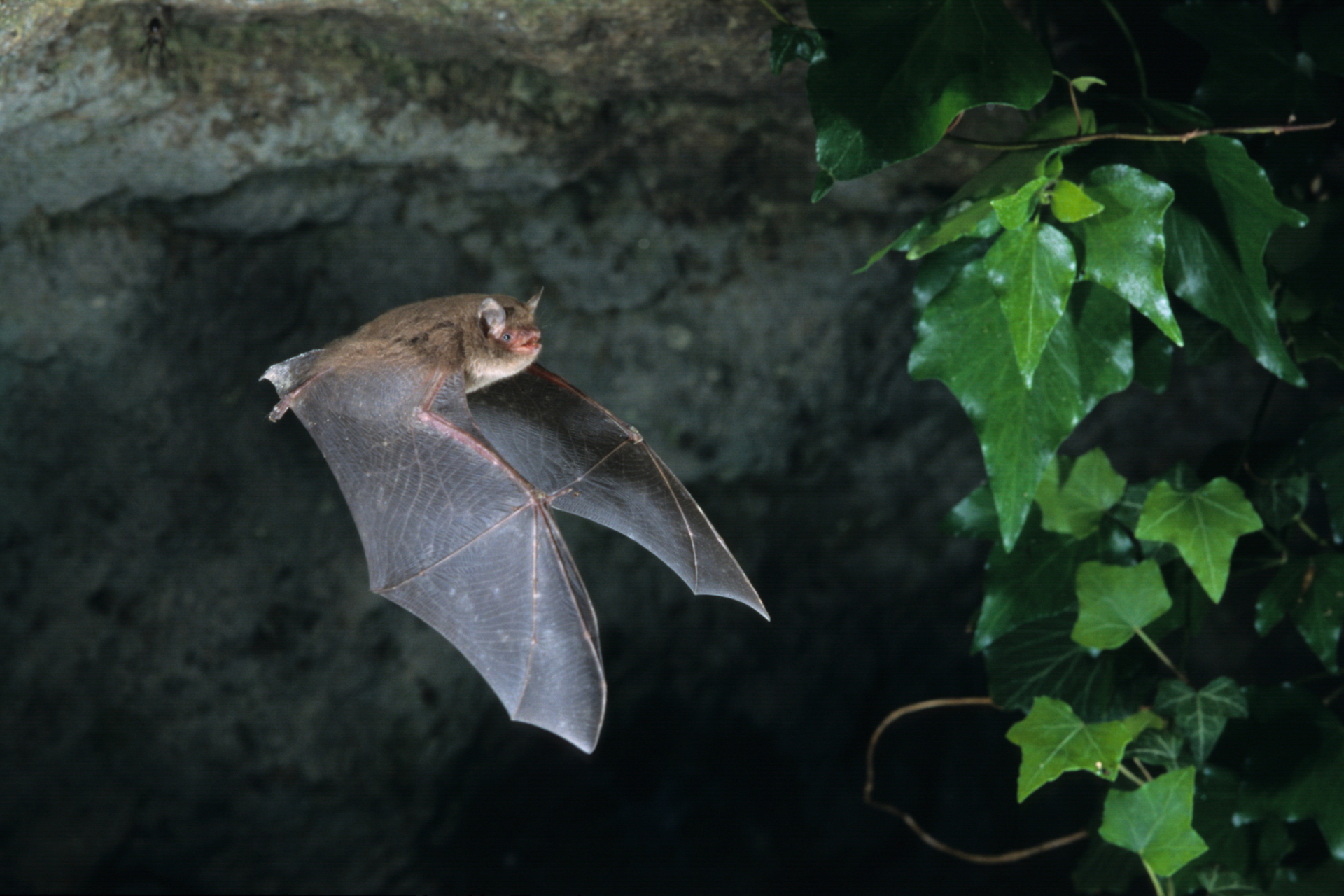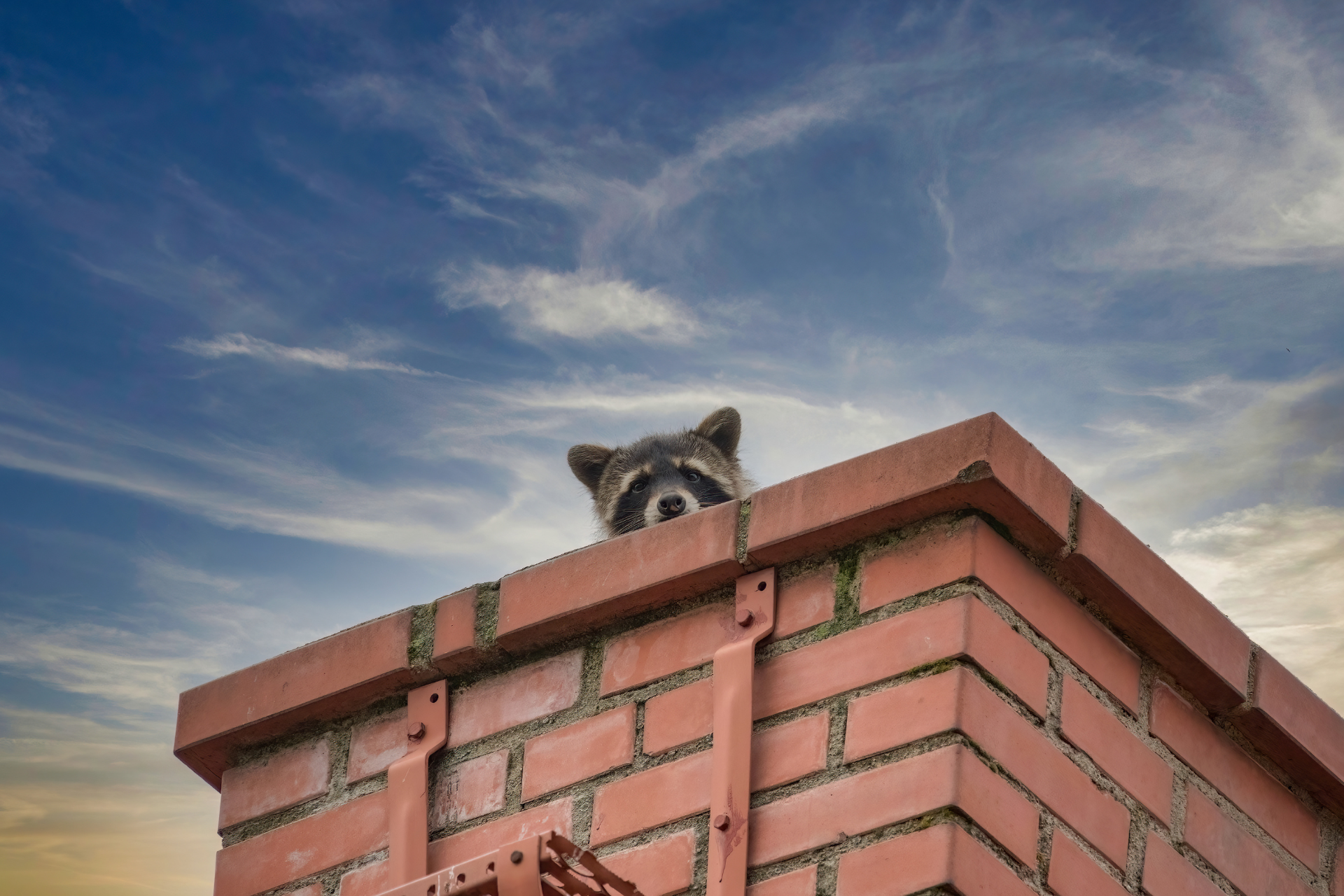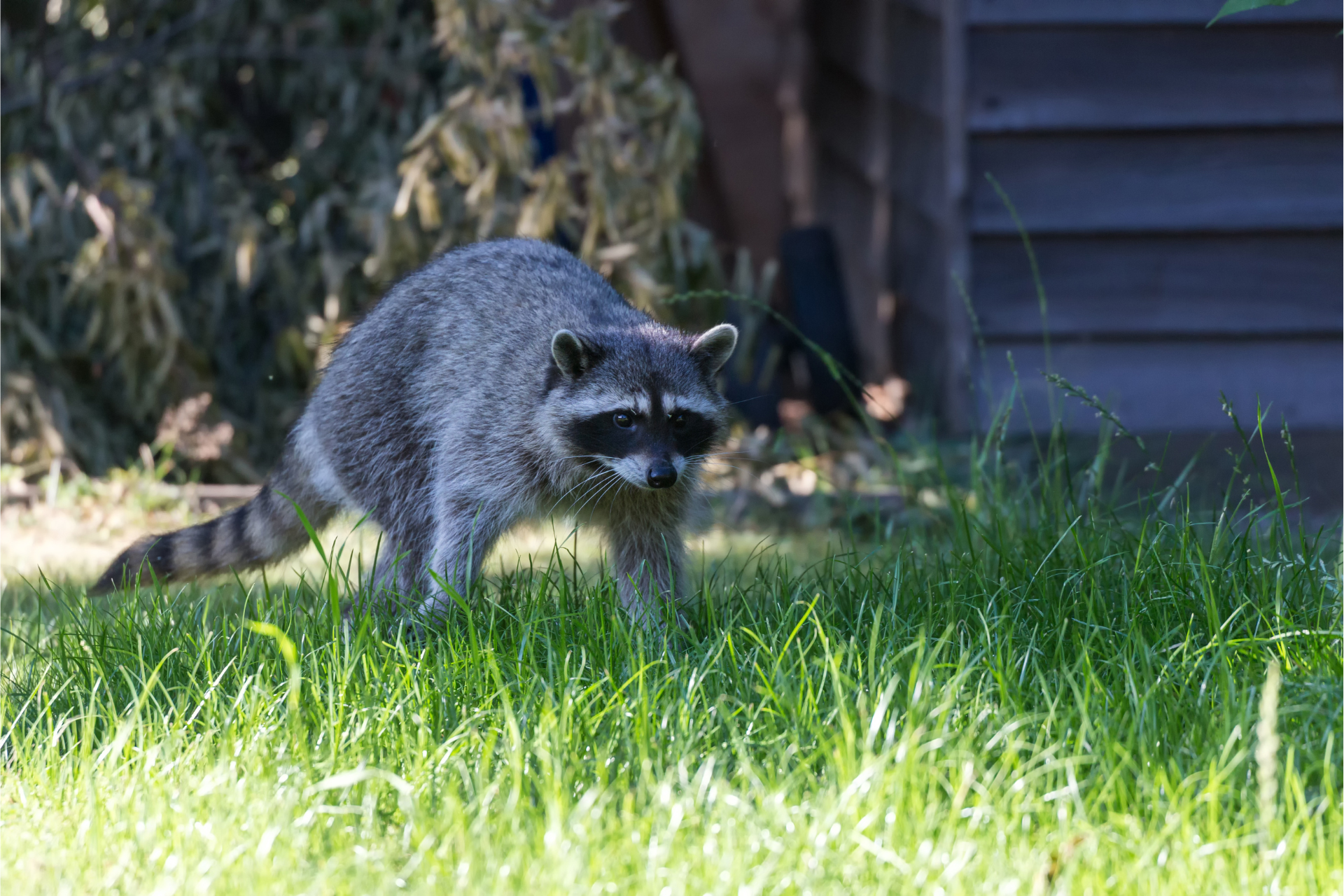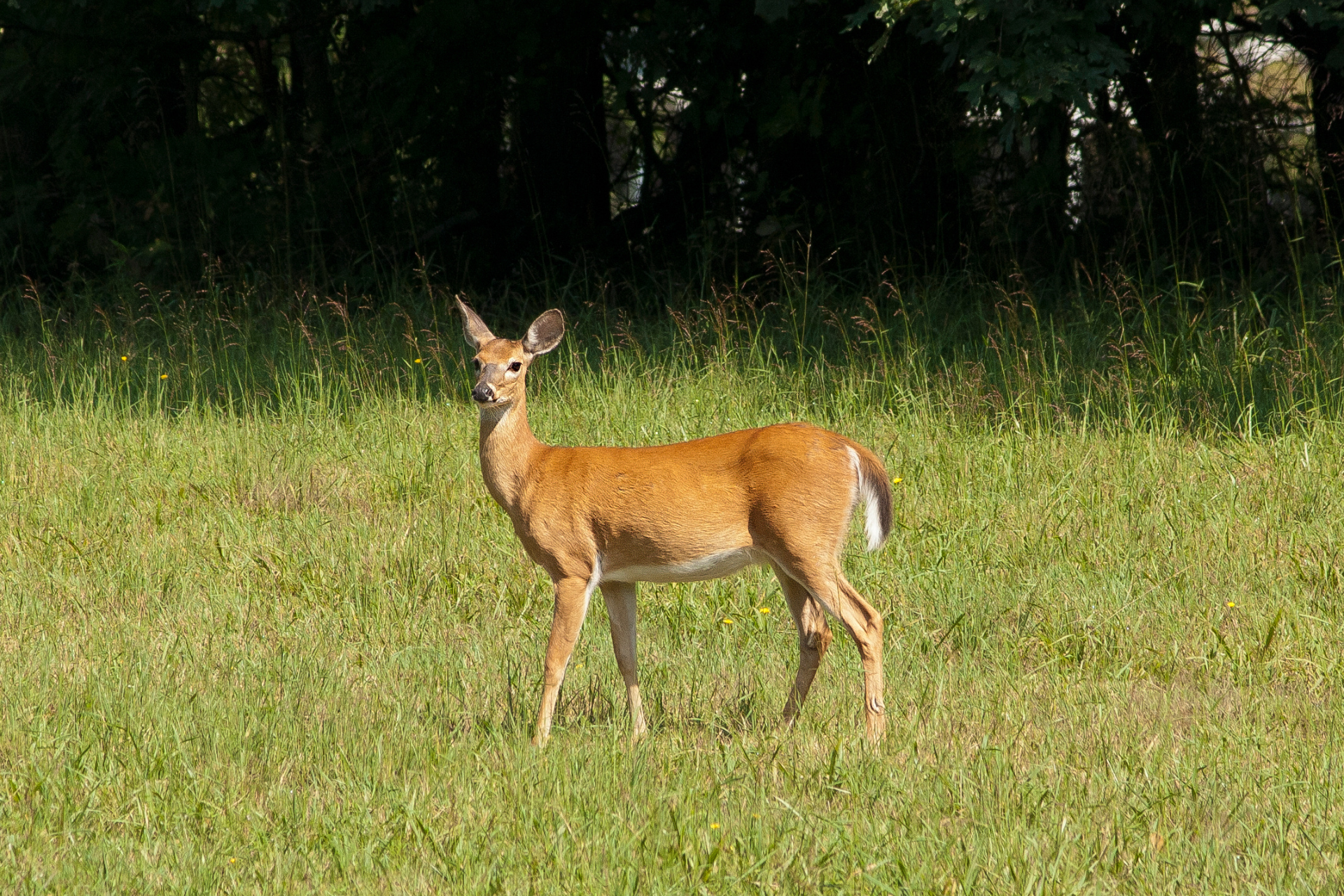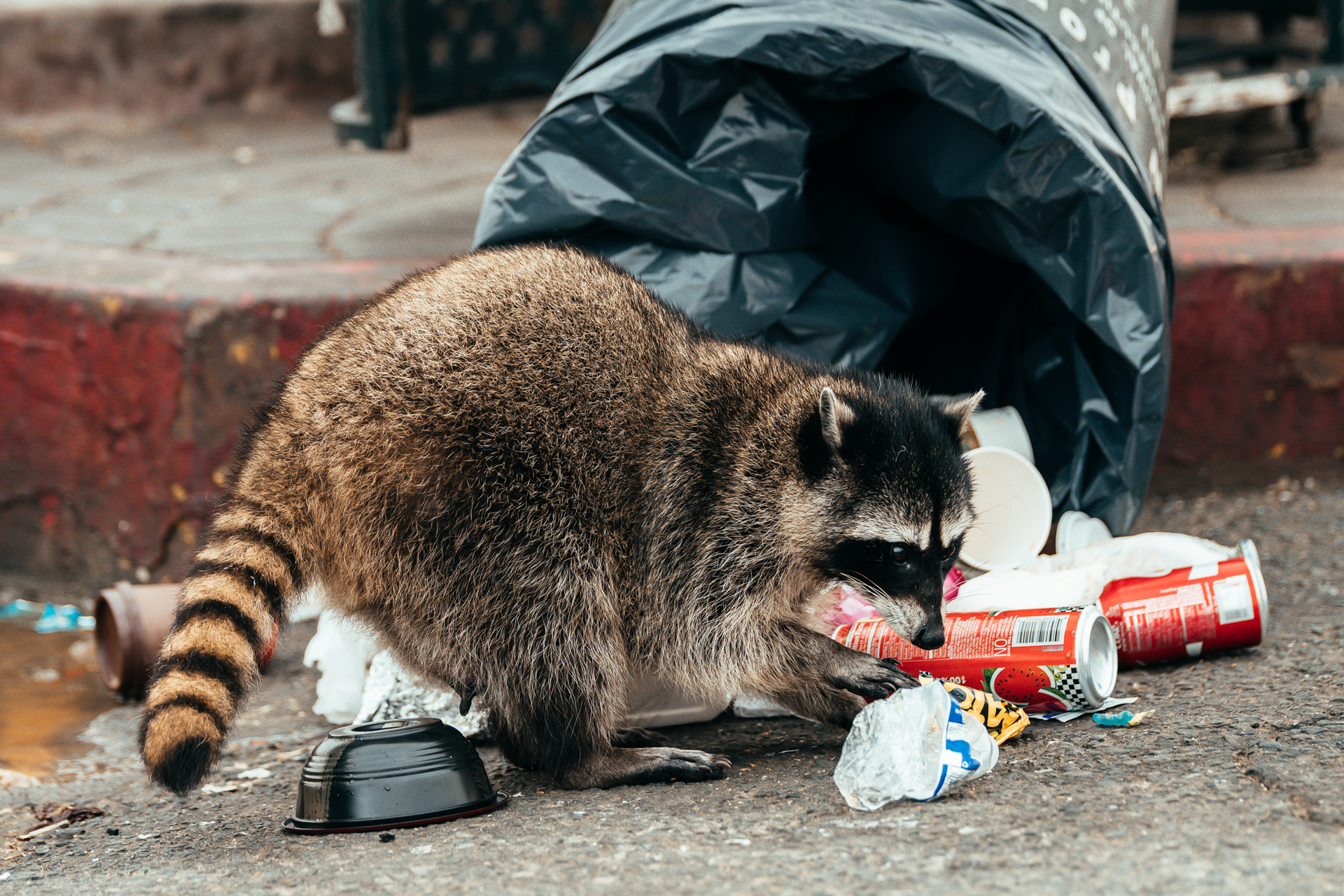What Animals Are Looking for Shelter During Fall and Winter?
Which Animals Seek Shelter as the Weather Turns Cold?
As fall approaches and the air becomes cooler, wildlife instincts kick into high gear. Animals begin preparing for the winter months by searching for secure, warm places to shelter. The shift in temperature affects wildlife behavior significantly, as animals seek to protect themselves from the harsher conditions ahead. Homeowners often unknowingly provide the ideal spaces for these creatures, making attics, basements, and sheds attractive for winter shelter. Recognizing which animals are likely to seek refuge in your home and understanding how to prevent them can go a long way in protecting your property and ensuring a safe environment.
The Autumn Transition And Wildlife Instincts
When temperatures drop, the natural world undergoes dramatic changes. Trees shed their leaves, and animals enter survival mode, driven by instincts honed over thousands of years. Creatures such as rodents, raccoons, squirrels, bats, and birds seek out areas that offer warmth and safety from predators. In many cases, this leads them to human structures. Even well-sealed homes can attract wildlife when food sources become scarce, as animals are exceptionally persistent when driven by hunger and the need for warmth.
Understanding which animals are most likely to enter your home can help you spot early warning signs and take preventive measures. Rodents, for instance, are particularly adept at sneaking through even the tiniest gaps. Larger animals like raccoons and squirrels can find access points around roofs or chimneys, while bats look for high entry points to roost in attics. Each animal has unique characteristics, but all share a common goal as winter approaches: finding safe, warm shelter.
Mice And Rats
Rodents are among the first to seek shelter when temperatures dip. Mice and rats are active year-round but become particularly motivated to find indoor shelter during colder months. Their small size allows them to enter through holes as small as a quarter of an inch, making them difficult to keep out without a thorough inspection of your property. Attics, basements, and wall voids provide ideal nesting spaces, giving them protection from the elements and access to food and water.
Mice and rats bring various problems into a home. They chew through insulation, wiring, and even wood, posing both a fire hazard and potential structural damage. They can contaminate surfaces with droppings, which can transmit diseases to humans and pets. Preventing rodent entry requires sealing gaps around windows, doors, pipes, and vents, and maintaining a clutter-free environment to reduce hiding spots.
Raccoons, Squirrels, And Bats
Raccoons and squirrels are other common invaders as winter nears. Raccoons, known for their intelligence and dexterity, can easily manipulate unsecured entry points. They often target attics, where they can create dens for the colder months. Once inside, raccoons may cause significant damage by tearing up insulation, chewing wires, and contaminating areas with droppings.
Squirrels, meanwhile, are expert climbers and often enter homes through roof vents, chimneys, and even loose shingles. They are relentless gnawers, using their sharp teeth to chew through materials to create larger entry points. Like rodents, squirrels are constantly looking for food sources, which is why bird feeders, pet food, and garbage often attract them to properties. To keep raccoons and squirrels out, homeowners should consider chimney caps, repair any loose shingles, and trim tree branches that provide easy access to roofs.
Bats are crucial to ecosystems, controlling insect populations by feasting on mosquitoes and other pests. However, they pose health risks if they choose to roost in attics. As the weather cools, bats seek warmer spaces, and attics provide the perfect environment for hibernation or temporary roosts. While bats are relatively quiet, their droppings, or guano, can build up quickly, leading to odor issues and potential respiratory health risks due to fungal spores.
Unlike many other animals, bats do not chew their way into homes. Instead, they slip through small gaps near rooflines, chimneys, or attic vents. Bat-proofing requires careful sealing of entry points and may sometimes involve installing one-way exclusion devices to allow bats to leave without reentry.
Birds: Seeking Safety In Chimneys And Vents
As temperatures cool, certain bird species, like starlings and sparrows, look for safe nesting spots to escape the winter weather. Chimneys, attic vents, and even dryer vents can become attractive for birds seeking refuge. Once inside, birds may become trapped, leading to noise issues and creating a mess of feathers, droppings, and nesting materials. If birds gain access to vents, there’s also the risk of blocked airflow, which can reduce ventilation efficiency.
For homeowners, the best way to prevent bird entry is by installing mesh covers on chimneys and vents, ensuring birds cannot access these areas while still allowing for proper airflow.
Tips For Preventing Animal Entry
Sealing entry points before the cold weather sets in is the most effective method of preventing animals from entering your home. Start with a thorough inspection of your home’s exterior, including the foundation, roof, and vents. Look for even the smallest gaps, as many animals require only minimal space to gain entry.
Install durable weatherstripping around doors and windows, as gaps often appear over time due to natural wear. Vents, chimneys, and pipes should have secure covers to prevent animals from using them as entry points. Chimney caps, which are affordable and easy to install, keep out raccoons, squirrels, and birds without disrupting ventilation.
Beyond physical barriers, managing food sources around your home can reduce attraction for wildlife. Keeping trash bins tightly sealed and storing pet food indoors limits easy access to food, deterring many animals from lingering around your property. Bird feeders, while charming, should be placed well away from your home and cleaned regularly to avoid attracting squirrels and rodents.
Keeping An Eye On Animal Activity
Attics and basements are prime spaces for animal nesting due to their low human traffic and relative warmth. To make these areas less attractive, store items in plastic bins rather than cardboard boxes, as cardboard can become nesting material. Regularly clean and inspect these spaces for any signs of animal activity, such as droppings, nesting materials, or odor. If possible, keep these spaces clutter-free and well-lit, as animals prefer dark, undisturbed areas.
Sheds and garages are also vulnerable to wildlife, especially if they are not frequently used during winter. Installing door sweeps on garage doors, sealing cracks, and ensuring windows are closed securely can help prevent animals from seeking shelter in these spaces. Taking steps to insulate sheds can further discourage wildlife from using them as a refuge.
Despite your best efforts, animals may still find a way into your home. Familiarizing yourself with the signs of animal activity can help you address an issue before it escalates. Common indicators include scratching or scurrying sounds, often heard at night when nocturnal animals like raccoons and rodents are active. Droppings, gnawed wood, and chewed wires indicate that animals are making themselves at home. Odors in certain areas, especially in attics or basements, may suggest nesting or urine marking.
Prompt action is essential when these signs are detected. Unchecked animal infestations can lead to contamination, property damage, and potential health risks. The sooner you address these issues, the easier it will be to protect your home from further intrusion.
Wildlife seeking shelter during the fall and winter is a natural behavior, but it doesn’t have to include your home. By taking preventive measures, such as sealing entry points, managing food sources, and regularly inspecting vulnerable areas, homeowners can significantly reduce the risk of animal intrusions. These simple steps allow you to enjoy a pest-free, safe living space through the colder months.
At Critter Detective, we specialize in helping homeowners prepare for the changing seasons by securing homes against animal intrusions. Our professional team provides thorough inspections, sealing, and humane removal services to keep your home protected year-round. If you suspect wildlife may be entering your home or want to ensure your property is secure for the colder months, contact Critter Detective for expert assistance.
All Rights Reserved | Critter Detective LLC
